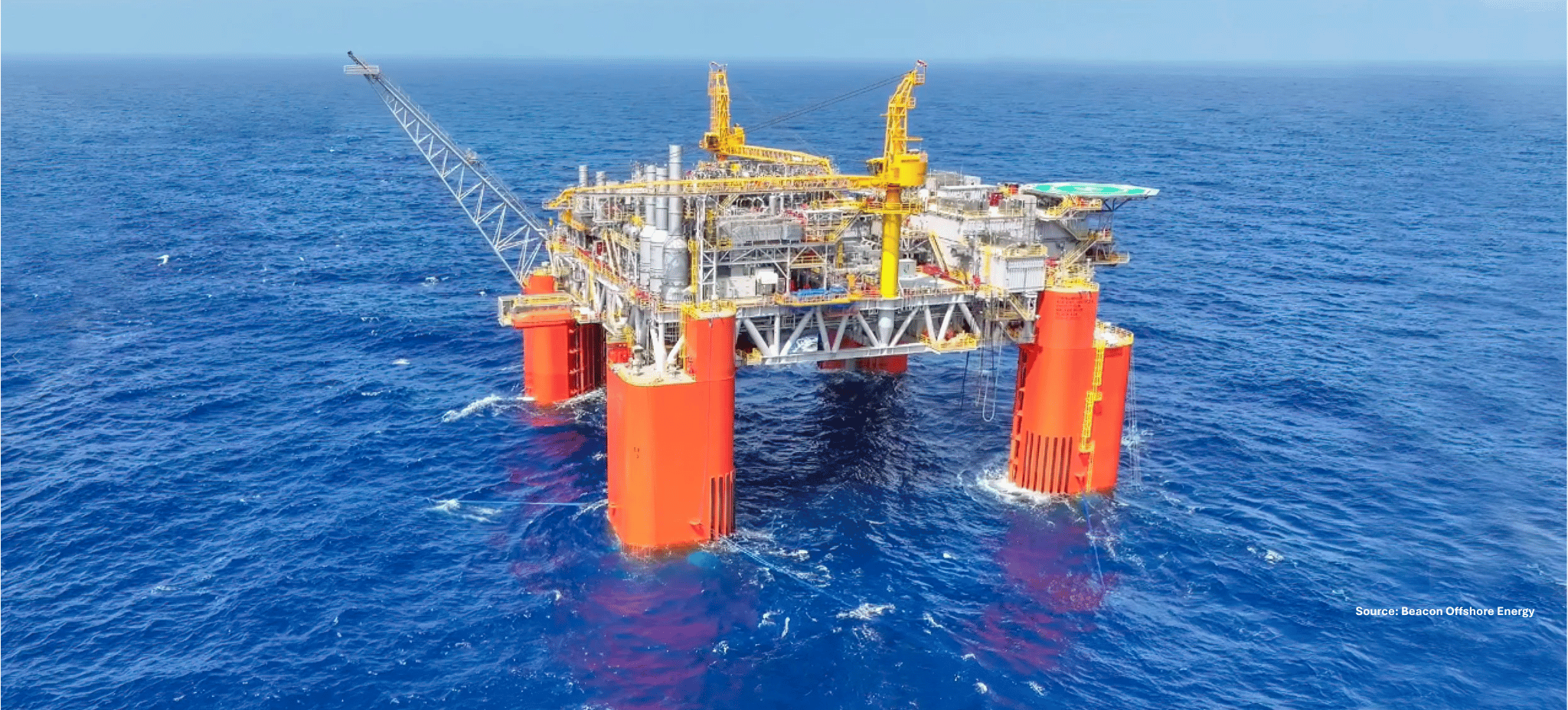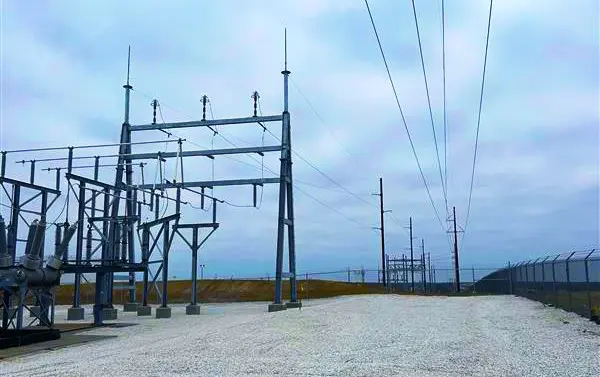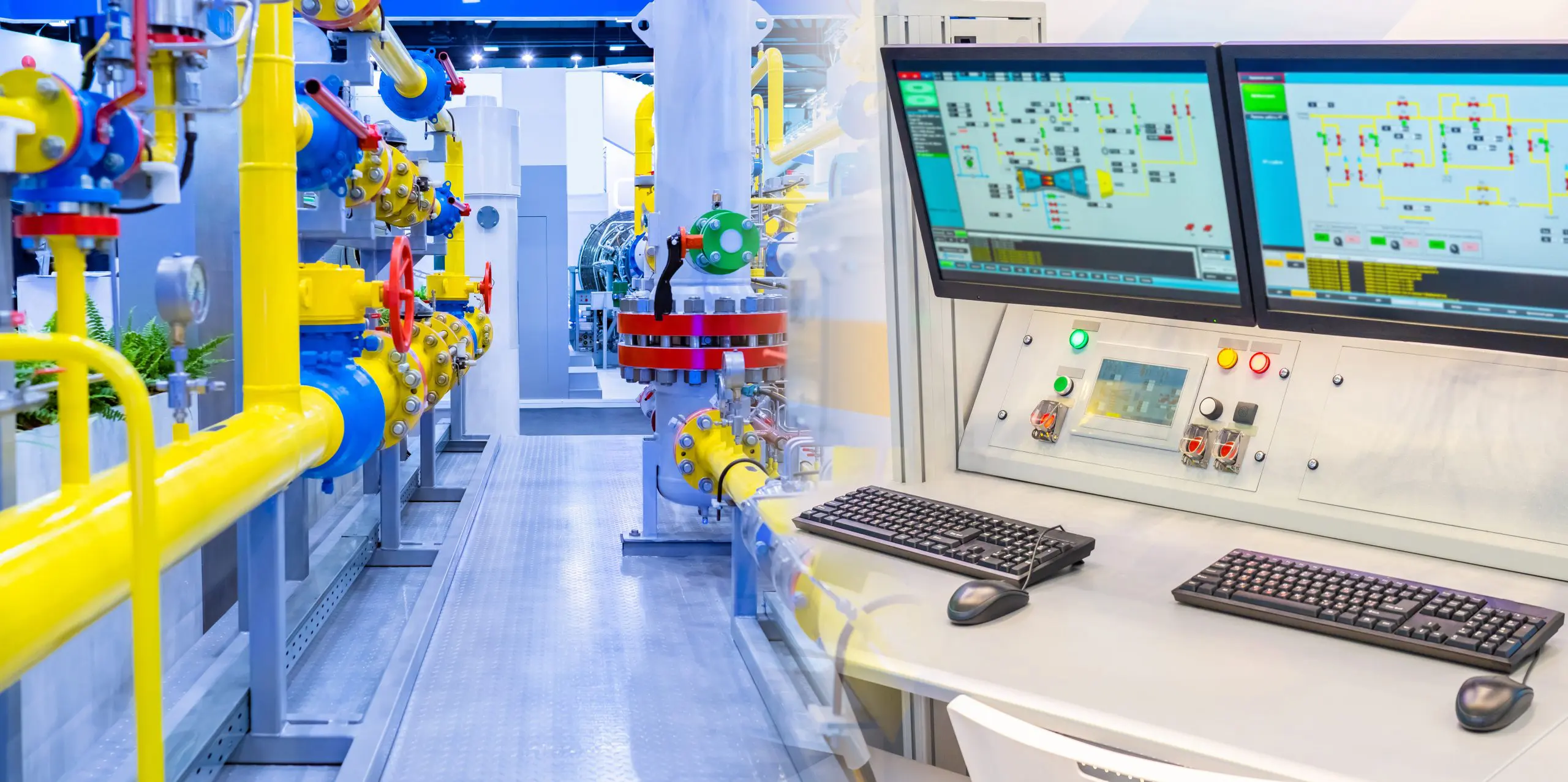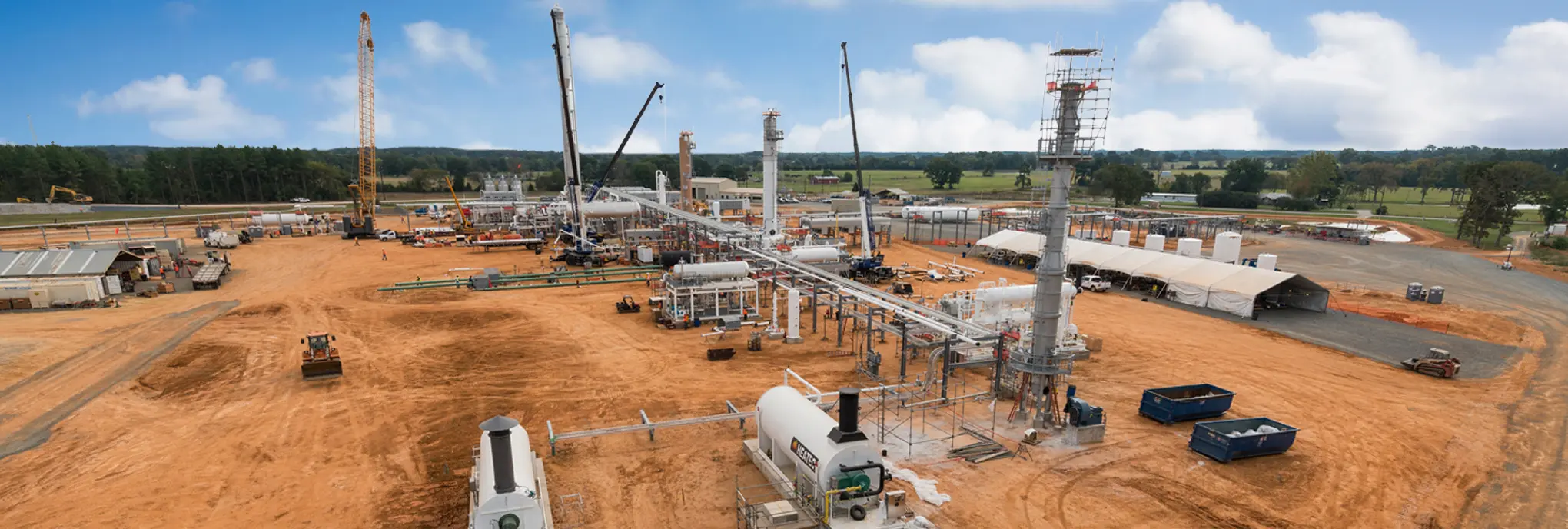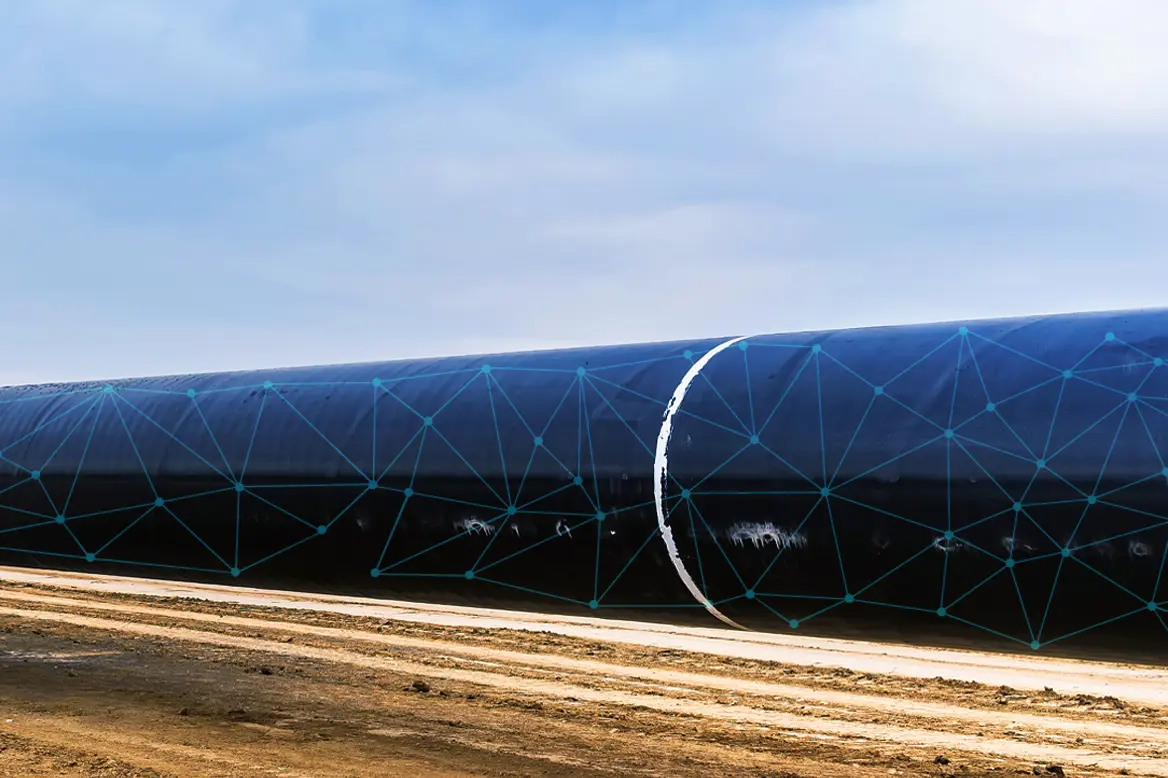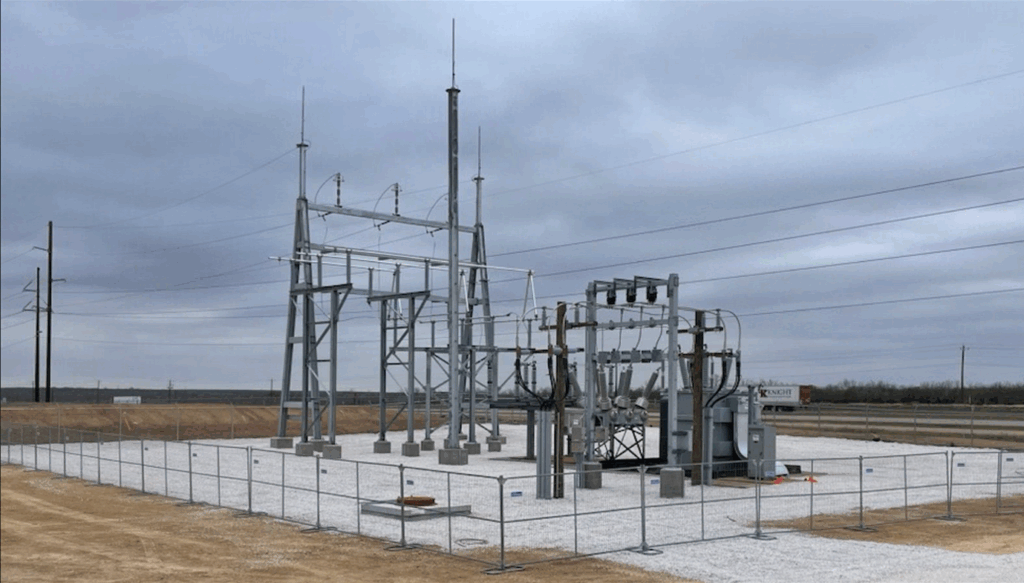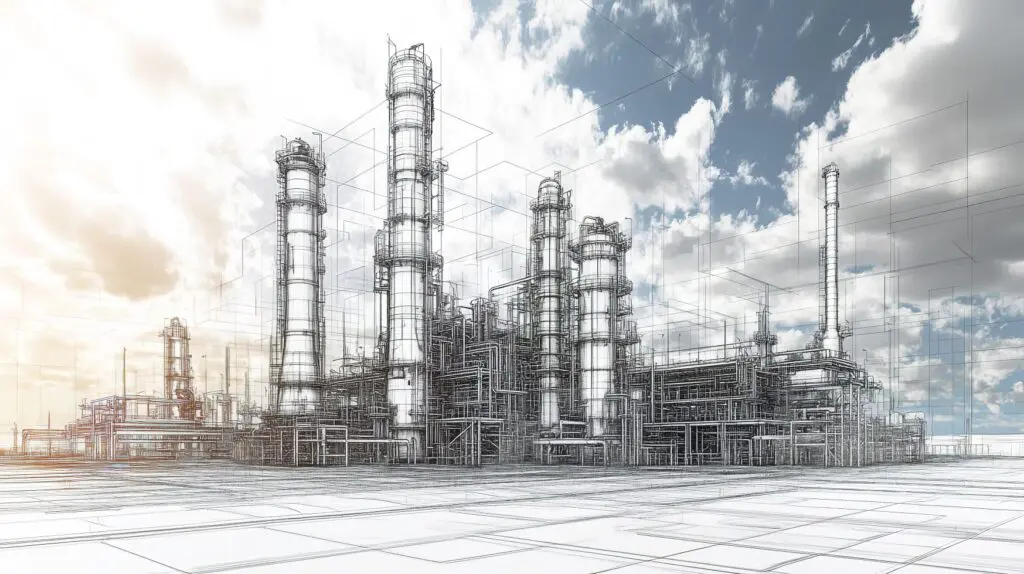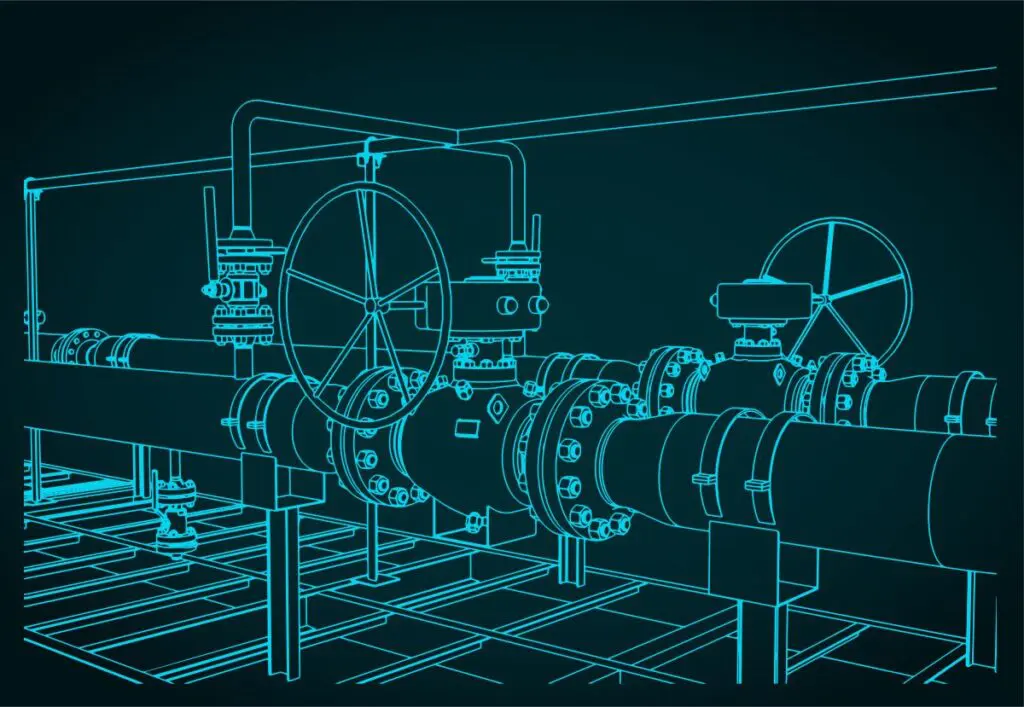

Want to share this article?
Innovation of LNG Carriers Continues
In the late 1950s, engineers put their theories to the test and converted a World War II cargo carrier into a prototype LNG carrier called the Methane Pioneer.
After demonstrating the viability of the ocean carrier on eight different trips, the birth of an LNG fleet occurred with the subsequent development of the Methane Princess and Methane Progress. Since that time, technological advances have expanded the fleet to more than 350 vessels carrying LNG around the world.
The technology behind the LNG carrier hasn’t been static, however. Engineers and other industry experts have long sought to improve efficiencies in LNG transportation, and that trend continues today. Take for example the collaboration of Hyundai Heavy Industries, engineering company GTT, technical consultancy DNV GL, and LNG shipper GasLog. These companies developed a new LNG carrier concept that will increase cargo capacity by five percent (without changing the main tank dimensions) and improve energy efficiency by eight percent through the optimization of machinery, electronic systems, and the hydrodynamics of the vessel.
Improved boil-off rates — how quickly the LNG converts to gas over a period of time — are also appearing in new LNG carrier designs. In 2008, World Gas Intelligence estimated an average of 0.1 to 0.25 percent of LNG cargo converts to gas every day. Yet by 2014, engineering companies like Wilhelmsen Technical Solutions were testing designs that take that number down to as little as 0.08 percent per day. Wilhelmsen’s design incorporates improved insulation and a “continuous cover” that integrates with the hull of the vessel.
Another innovation recently announced by Hyundai Heavy Industries and GE Aviation and Marine could set a precedent for how LNG carriers are powered. The collaborators worked to develop the first LNG carrier propelled by an “eco-friendly and fuel-efficient gas turbine-powered” system. The team noted the engine weighs 60 percent less than the conventional engines found on today’s LNG carriers, and it has the potential to significantly decrease operating and maintenance costs.


